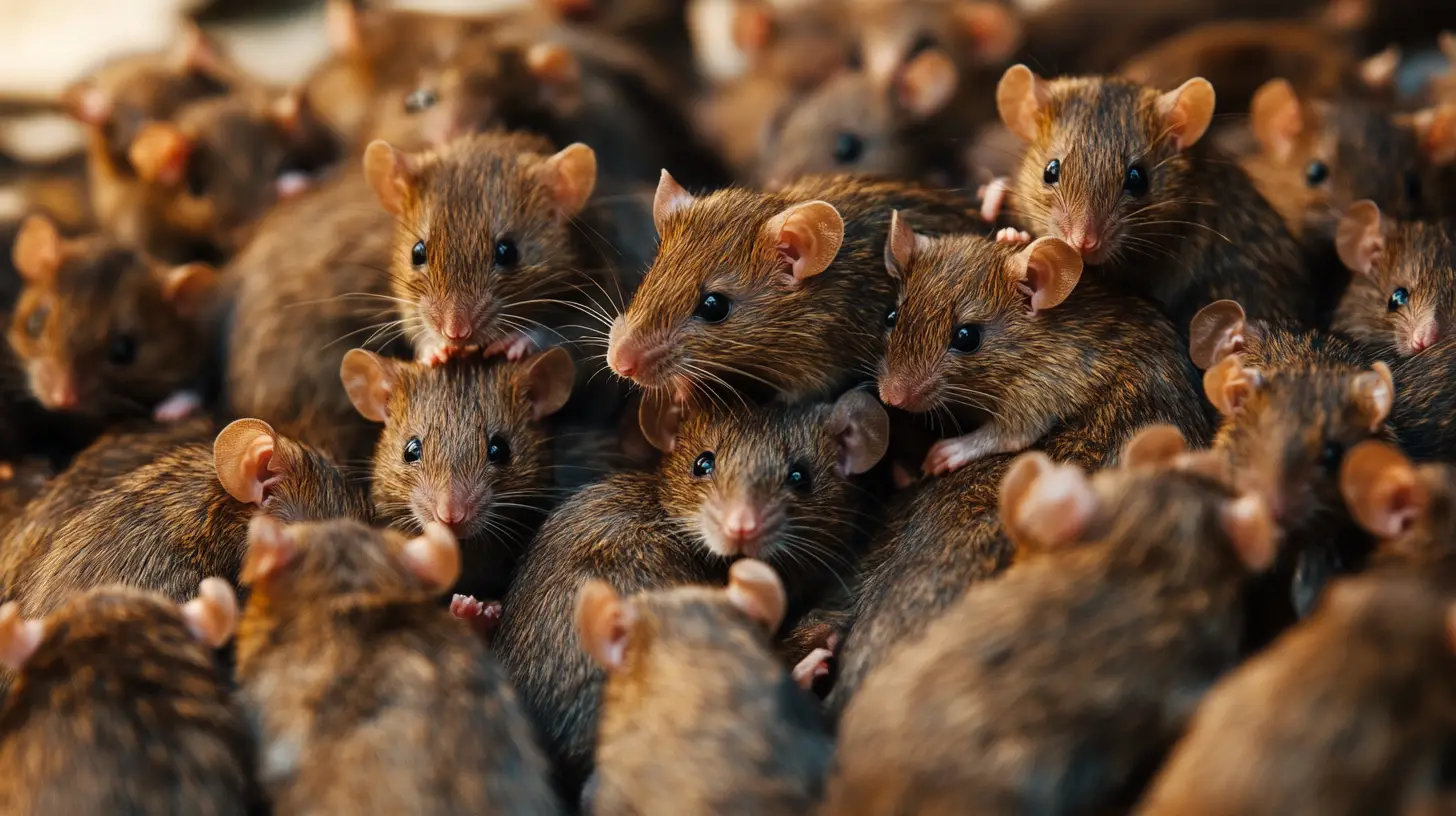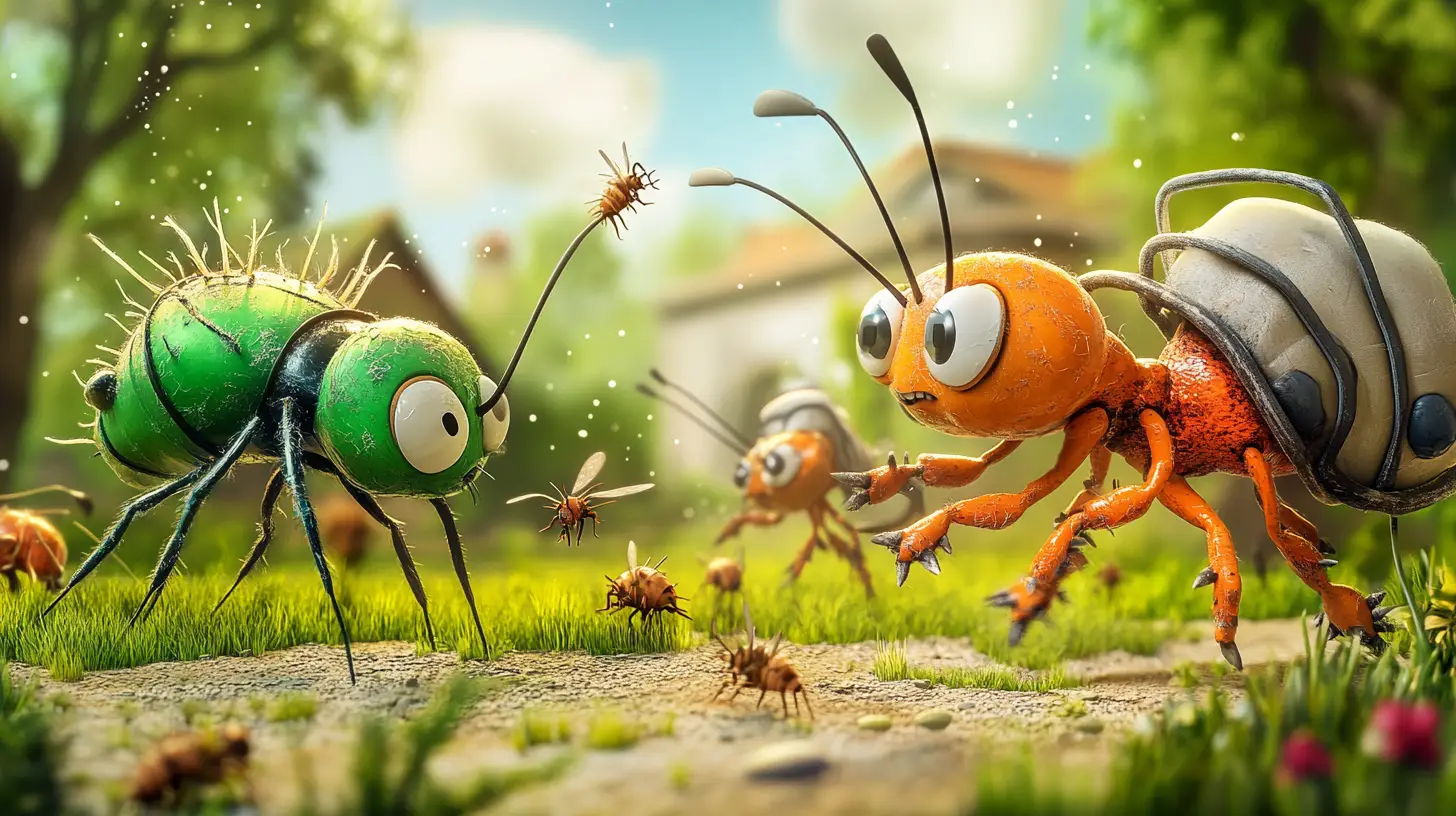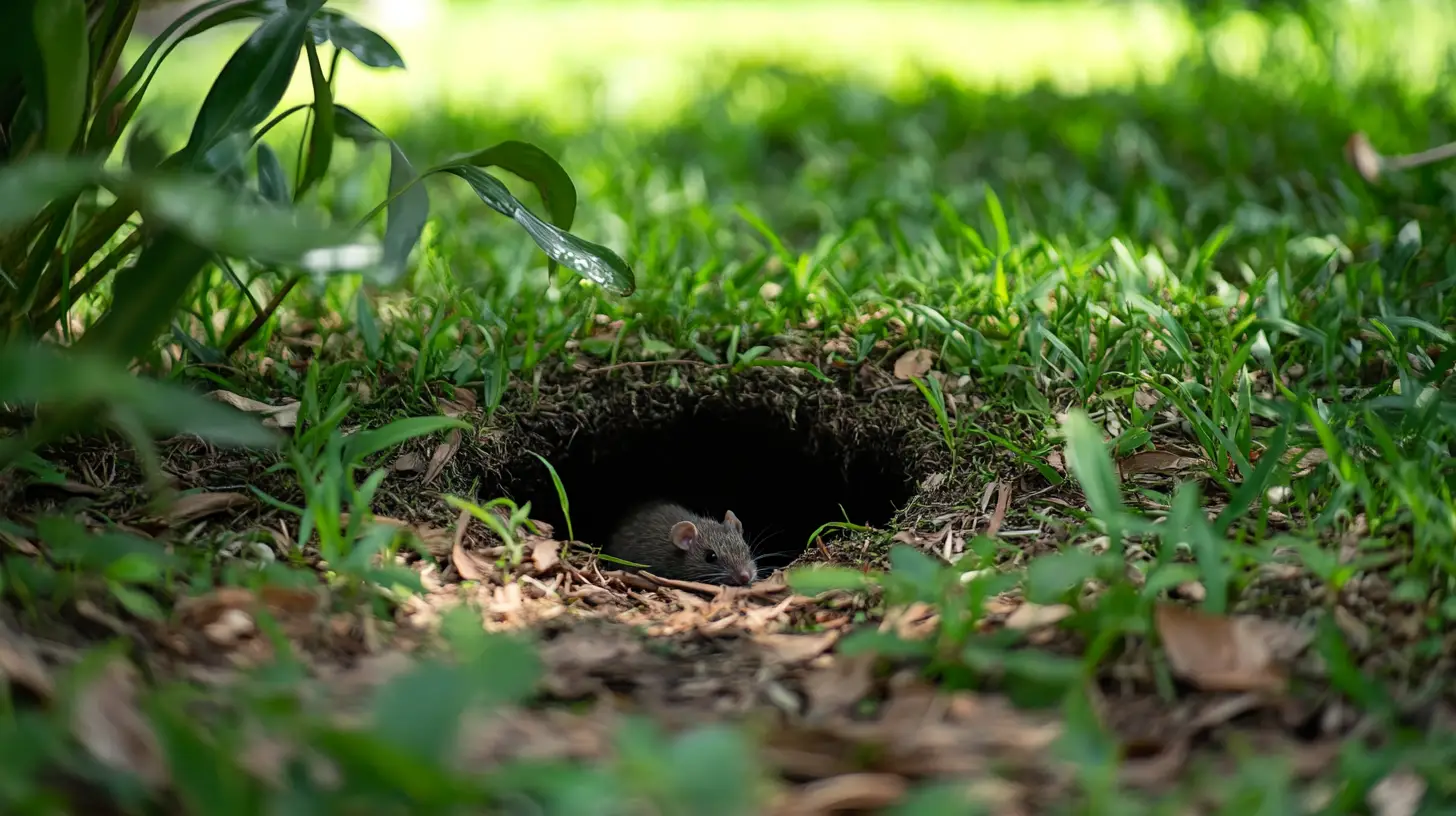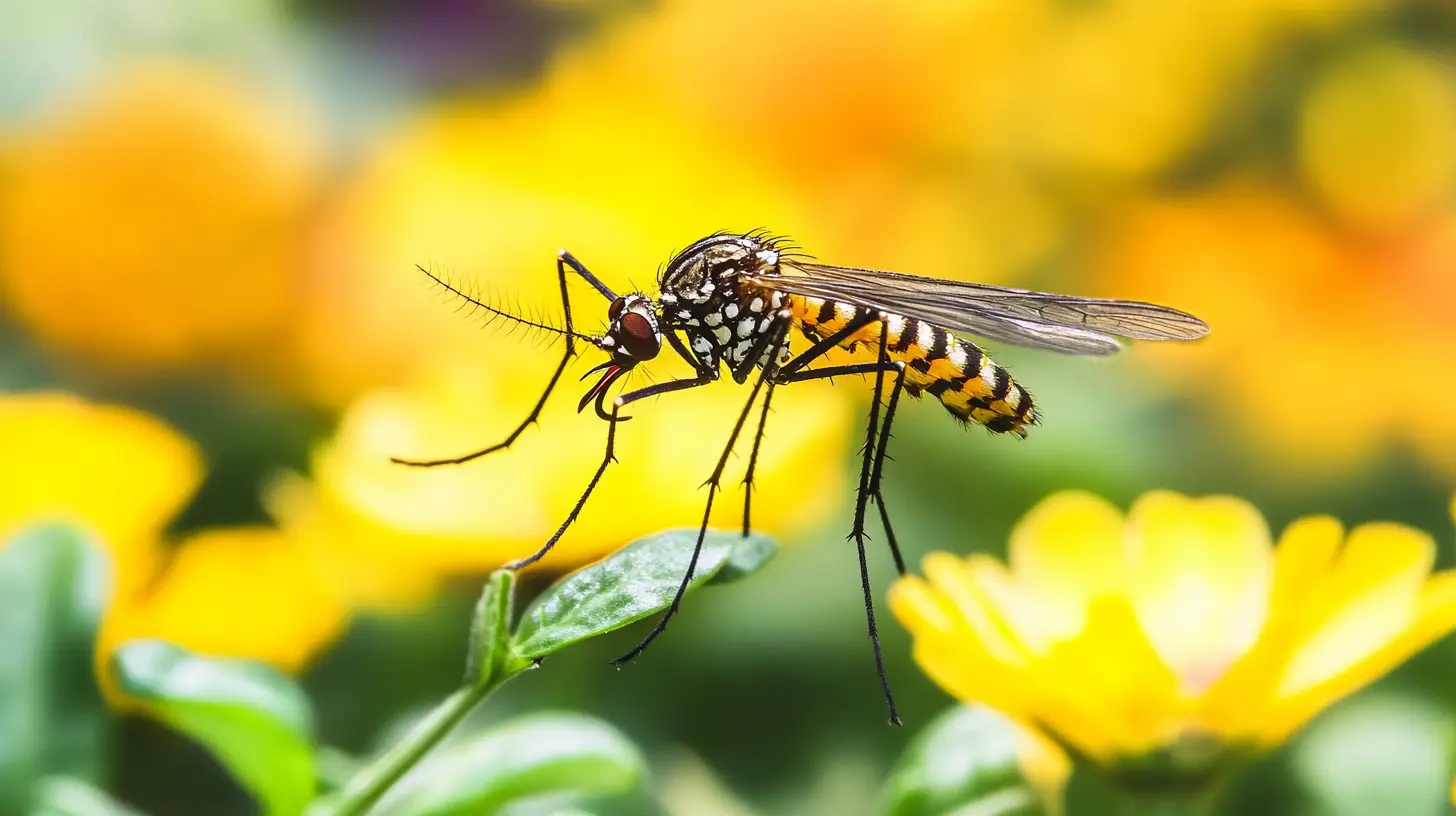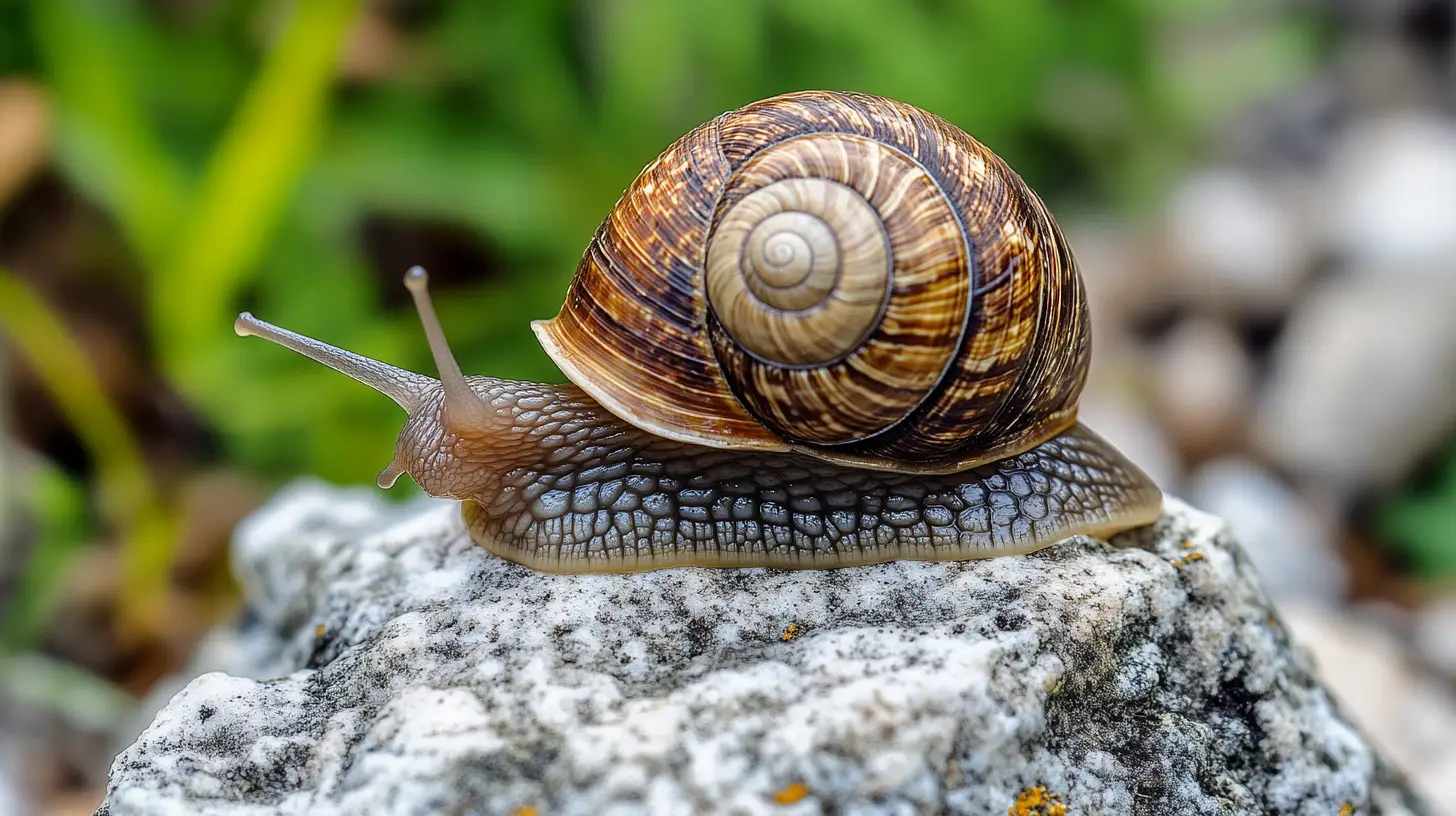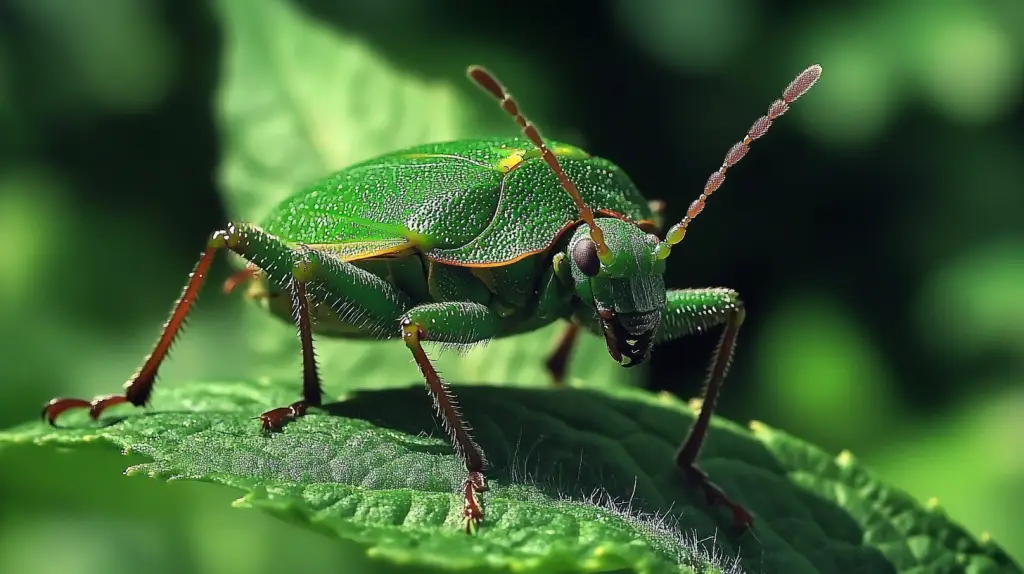
Table of Contents
If you’ve ever encountered the unwelcome presence of stink bugs in your home. Stink bugs, named for their ability to release a foul-smelling chemical from glands located on their abdomen when they feel threatened. This odor is a natural defense mechanism to deter predators like birds or lizards. The scent has been described as similar to coriander or a blend of strong herbs
Their distinctive odor and tendency to invade living spaces make them a nuisance for many in Lakewood Ranch. As the seasons change, these critters seek refuge indoors, and it’s crucial to understand how to effectively manage their potential intrusion.
Key Takeaways
- Understanding the biology and behavior of stink bugs is crucial for effective management and prevention strategies.
- Stink bugs invade homes seeking warmth in cooler months, entering through small openings around the house.
- Natural methods such as soapy water solutions and homemade traps can effectively control stink bug populations.
- Utilizing vacuuming and in-application insecticides provides immediate and long-term stink bug extermination options.
- Prevent infestations by sealing entry points, managing household lighting and moisture, and maintaining outdoor landscaping.
Understanding Stink Bugs
To effectively manage stink bugs, it’s crucial to grasp their biology and behavior. As an expert in entomology, I aim to equip you with the knowledge needed for successful stink bug control and prevention.
What Are Stink Bugs?
Stink bugs, particularly the brown marmorated variety, are identifiable by their shield-like shape and notorious odor. While they don’t bite or pose a poison risk to humans, their presence can disrupt both homes and agricultural environments.
Why Stink Bugs Invade Homes
As the temperature here in Lakewood Ranch cools, stink bugs seek warmth, infiltrating your home to survive the winter. Entry points can be any small opening or crevice around siding, utility pipes, chimneys, or window and door screens.
As they invade, controlling this infestation becomes essential for household comfort. An effective stink bug extermination strategy involves sealing these potential access points and understanding their seasonal patterns. By doing so, you mitigate invasions before they become overwhelming.
Methods to Get Rid of Stink Bugs
Controlling the presence of stink bugs requires strategic planning and methods that align with both biological insights and practical applications. By understanding their behavior, you enhance your stink bug control efforts.
Use Soapy Water
Soapy water acts as a simple yet effective stink bug extermination technique. Fill a wide-mouth jar with soapy water, adding some vinegar for extra potency. When you spot a stink bug, position the jar beneath it; the stink bug typically drops into the suds and drowns. Alternatively, mix equal parts hot water and dish soap in a spray bottle. Spray this solution directly on stink bugs or around entry points like windowsills.
Employ Homemade Traps
Homemade traps can drastically reduce stink bug numbers. Use a foil roasting pan with water and dish soap beneath a light in a dark room. This setup attracts and eliminates far more stink bugs than several commercial traps, providing an efficient extermination method. Another trap involves using a rice paper lamp or an oven roasting pan with a light source to attract them, focusing on their attraction to light.
Vacuuming Techniques
Vacuuming provides an immediate removal option. Use a vacuum with a bag to suck up stink bugs when you see them, but caution against crushing them inside, as it releases their notorious smell. Dispose of the bag promptly to prevent the smell from spreading indoors.
Use Insecticides
Insecticides can eliminate infestations, especially when other methods fall short. Select products safe for homes, paying close attention to local regulations and guidelines in Lakewood Ranch. Use insecticides at entry points where stink bugs gather, such as cracks and window frames, ensuring minimal environmental impact and maximizing safety.
Stink Bugs Uncovered: Funky Facts About These Odorous Invaders!
- Imported Invaders: The brown marmorated stink bug (Halyomorpha halys), one of the most common species in the United States, is an invasive species originally from East Asia. It was accidentally introduced to the U.S. in the late 1990s and has since become a significant agricultural pest.
- Wide Diet: Stink bugs are polyphagous, meaning they feed on a variety of plant species. They feed on over 100 different crops, including fruits, vegetables, and ornamental plants, making them a major threat to agriculture.
- Armor-Like Appearance: Stink bugs have a distinctive “shield-like” shape, which acts like armor to help protect them from predators. Their tough exoskeleton, combined with their foul odor, makes them quite resilient against attacks.
- Seeking Warmth Indoors: Stink bugs are notorious for invading homes, especially during fall, as they search for a warm place to overwinter. Once inside, they enter a dormant state called diapause, where they remain inactive until warmer temperatures return in spring.
- Pheromone Trails: Stink bugs communicate using aggregation pheromones, which they release to attract other stink bugs. This is why when you see one stink bug in your house, there are likely to be more. These pheromones also lead them back to the same locations each year.
- Bad Smell for Good Purpose: The foul odor produced by stink bugs isn’t just for repelling predators; it also plays a role in their social interactions, especially during mating and congregation.
- Egg Arrangement: Female stink bugs lay their eggs in a hexagonal pattern on the underside of leaves, usually in clusters of 20 to 30 eggs. These neat egg clusters are often a sign that a plant has been infested.
- Wide Range of Colors: While the brown marmorated stink bug is the most well-known, stink bugs come in a variety of colors. Some species are green, red, or metallic, depending on the region and the environment, which helps them camouflage among leaves.
- Piercing-Sucking Mouthparts: Stink bugs have a specialized mouthpart called a proboscis, which they use to pierce plant tissues and suck out the juices. This feeding process not only damages plants but can also lead to fruit deformities and spread plant pathogens.
Preventing Stink Bug Infestations
In Lakewood Ranch, as temperatures drop, stink bugs often seek out warmer environments, turning homes into prime targets. To effectively manage stink bug control and create a sanctuary free from these pests, focus on sealing entry points, adjusting lighting and moisture, and maintaining your outdoor space.
Seal Entry Points
Stink bugs and other pests capitalize on tiny openings in homes to gain entrance. Seal these vulnerabilities with precision to prevent infestations. Key spots to target include the areas around siding, utility pipes, and chimneys. Check underneath wood fascia and ensure windows and door screens remain intact. Sealing these entry points with high-quality silicone or silicone-latex caulk creates a formidable barrier against stink bug invasions.
Adjust Lighting and Moisture
Since stink bugs are attracted to light, managing your home’s exterior lighting is another effective stink bug extermination strategy. Keep porch lights turned off at dusk and close window blinds to minimize light leakage. This simple step reduces the attraction of stink bugs to your home. Besides, regulate indoor moisture levels, as humidity can encourage their presence. Ensure proper ventilation in areas prone to moisture, like basements and bathrooms.
Maintain Outdoor Landscaping
Your yard’s design significantly impacts stink bug control. Trim back shrubs and trees, ensuring they don’t create bridges to your residence. Remove any debris or woodpiles stacked against your home’s exterior. By maintaining an orderly industry, you decrease potential habitats for stink bugs, so minimizing their chance of making your home part of their network.
Common Misconceptions About Stink Bugs
While stink bugs can be a nuisance, it’s important to dispel common myths about them. They don’t bite or spread diseases, so there’s no need to panic if you find them in your home. Their presence is more about seeking warmth than causing harm. With the right strategies, you can keep these pests at bay and enjoy a stink bug-free space year-round.
Frequently Asked Questions (FAQs)
How can I prevent stink bugs from entering my home?
To prevent stink bugs from entering your home, seal potential entry points like cracks around windows, doors, and utility pipes using high-quality caulk. Adjust outdoor lighting to make your home less attractive to them, and ensure good indoor moisture control. Regularly maintain your outdoor landscaping by trimming shrubs and removing debris to minimize habitats for stink bugs.
Are stink bugs harmful to humans?
Stink bugs are not harmful to humans as they do not bite or spread diseases. However, their presence can be a nuisance as they emit an unpleasant odor when crushed or disturbed.
What natural methods can I use to control stink bugs indoors?
To control stink bugs naturally, use a mixture of soapy water to eliminate them immediately or employ homemade traps. Vacuum the bugs to remove them without any mess. Reducing indoor lighting and eliminating moisture can also help in deterring them from settling indoors.
Can insecticides be used to manage stink bug infestations?
Insecticides can be used as a last resort for managing stink bug infestations. Always opt for safe products and ensure they comply with local regulations. However, employing preventive measures and eco-friendly methods is recommended for more sustainable management.
Why do stink bugs invade homes during cooler months?
Stink bugs invade homes during cooler months as they seek warmth and shelter. They use small openings to infiltrate homes, typically from late summer to fall, and sometimes in spring as they emerge from a dormant winter state.

